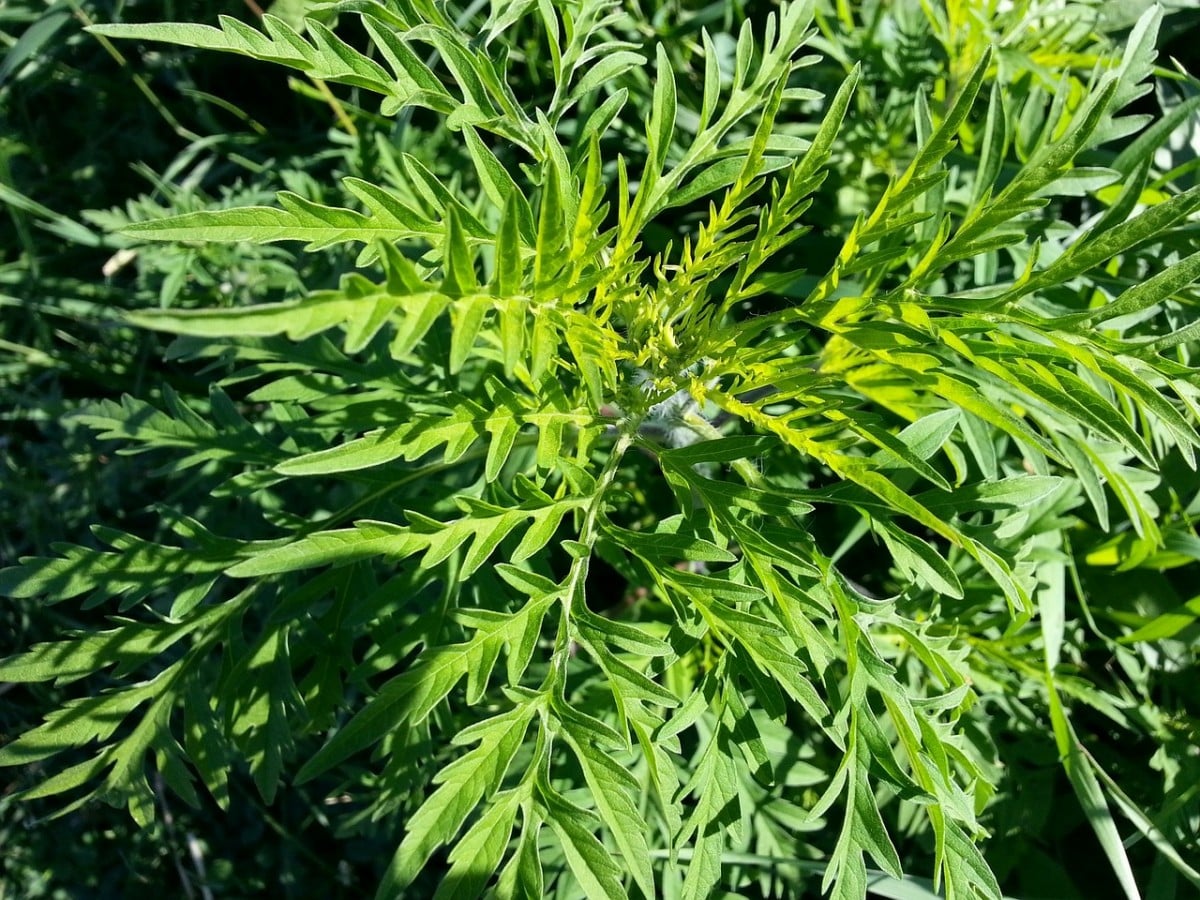
Ragweed is an invasive plant. It threatens biodiversity and is harmful to those who suffer from pollen allergies. Just before the ragweed season starts to kick in, the Medical University of Vienna will release a ragweed finder app. This is intended to educate and encourage those affected as well as provide data which will further advance research.
The Medical University of Vienna had already launched the initiative to combat the aggressive allergen back in 2017, when the online pollen warning service www.ragfinder.at was launched. Citizens will now be alerted and motivated to take action with the release of the Ragweed Finder app. They will receive health information along with tools for identifying and reporting ragweed.
Ragweed pollen (Ambrosia artemisiifolia) has powerful allergens and are an international health problem. Sensitive people tend to experience hay fever, conjunctivitis and skin rashes. In extreme cases, anaphylactic shock could occur and limbs may severely swell up.
Common problem
In Austria, about eleven percent of the population is allergic to ragweed pollen. It blooms from August to September. Due to its widespread expansion in the eastern neighboring countries, however, long-distance migration also occurs and ragweed pollen can be measured until October in some cases. Which is why inhabitants of southeastern regions of Austria are more susceptible to the adverse effects.
“It must be recognized that ragweed is a common problem,” say the initiators of the ragweed finder app Uwe E. Berger and Katharina Bastl from the pollen warning service at the University clinic for Ear, Nose and Throat Diseases, part of the Medical University of Vienna.” Data provided by the app gives physicians the opportunity to develop new medical therapies. Agricultural research should also benefit from this.
The benefits of the app
The benefits of the Ragweed Finder app for citizens are wide-ranging and consist of the following aspects:
- Reconnaissance on ragweed;
- Pollen warning service for allergy sufferers;
- The opportunity to share symptoms;
- Ragweed detection guide;
- The option of reporting occurrences of ragweed;
- Support with handling the plant in agriculture and gardens – e.g. removal, destruction and prevention of contamination;
Spread of ragweed
You will find Ragweed mainly on derelict areas which have been in heavy use by humans, such as along railway lines and roads, on dumps and in fields. However, it is also abundant in agriculture and affects harvests. Sunflower fields are an example of this. As Ragweed has the potential to spread rapidly, it is also a threat to biodiversity.
Originally ragweed was native to North America and was then introduced to Europe, Asia and Australia. The largest European ragweed occurrences can be found in Eastern Europe, the Rhone Valley (France) and in the north of Italy.

Proper removal
Due to the highly allergenic effect of the plants, the app warns individuals against removing ragweed by themselves. This is only recommended for people who have been shown not to be allergic to the plant and who take precautions such as wearing gloves and a respiratory mask.
Also, the torn out plants should not just be incinerated or disposed of in compost, because this will enable ragweed to spread further. Their seeds remain capable of germination for up to forty years. Disposal should be carried out using a sealed plastic bag for hazardous waste.
Cooperation with state governments
The app offers the option to report occurrences. According to the website, 634 discoveries of ragweed were reported last year and 578 were confirmed. After verification, the occurrence is forwarded to the institution responsible, which then takes appropriate action. An action plan was drawn up in order to be able to react quickly to flowering or growing ragweed in cooperation with all state governments. Berger: “If someone reports a field or individual plants, they will cut it down as quickly as possible.” Plants that have been cut at the right time do not flower and do not return in the ongoing season.
Medical research
Incidentally, the Medical University of Vienna is also active in research. Sabine Flicker‘s team of researchers at the Institute of Pathophysiology and Allergy Research is working on the passive treatment of pollen allergies. Camels are immunized with pollen allergens in order to obtain antibodies from their blood. These are intended to be administered locally – in the form of nasal sprays or eye drops. So where there is an allergic reaction to pollen. Project partner is Sergei Tillib from the Russian Academy of Sciences.
Also of interest:
An app to empower patients within healthcare
Hope for allergy sufferers: scientists decipher the wheat genome
Too much hygiene in childhood is bad for the immune system
